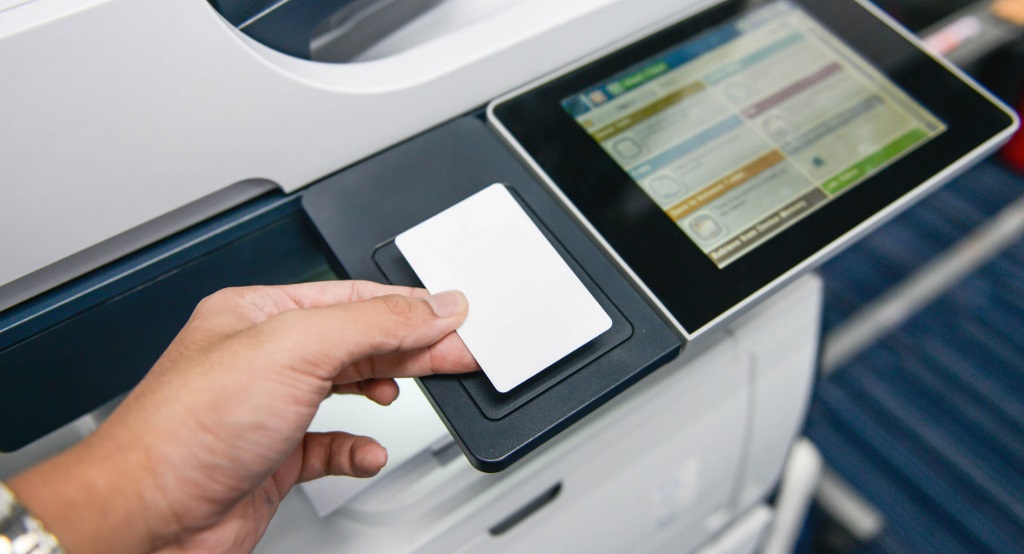
Oct 20, 2021
Over the past year, the topic of printer security has received a lot of coverage in the tech world. The fact that more people begin working from home due to restrictions enacted in the wake of the COVID-19 pandemic—coupled with highly-publicized glitches within widely-used office software—exposed how commonplace it can be for vulnerabilities in printer security to create opportunities for cyberattacks.
In the same way companies take heightened security measures to defend against cybercrime like hacking, phishing and ransomware, companies must also be vigilant about making sure that all of their systems are secure. And often, printers, copiers and multifunction devices are the last places IT and security teams think to look for cybersecurity breaches.
In fact, according to recent research, 66% of IT managers currently believe that their office printers contain malware. And as if that’s not bad enough, close to 75% of CIOs anticipate that printers and scanners will be the main target of data breaches over the next couple of years. Clearly, the importance of making sure your printers are secure has never been more necessary.
Due to the basic functionality of printers and scanners as hardware devices, many of us might not think of printers or scanners as sources of vulnerability within their network security plans. But cybercriminals do. They know that printers, especially, are perfect places to mine for data as a company’s network printers house internal hard drives which store previous print jobs which may include all different kinds of sensitive corporate and personal data. These hard drives can be filled with documents that include sensitive information such as tax forms, financial statements, employee data and other information you would never want someone outside the company, or even within the company, to have access to.
Secure print refers to a security feature specifically designed for printing that adheres to specialized privacy standards in order to prevent unauthorized access to sensitive information. Secure print applies to both networks and hardware setups which permits users to print their documents confidentially, giving both users and company peace of mind.
In an unprotected system, a user will send their documents to a printer which will then automatically begin to print those documents leaving sensitive information in printing trays or print queues. With secure print, however, security measures are in place to make sure that only the user has access to both the printer and the printed material. In this process, the user must enter a password prior to sending the job to the machine. The printer then stores that document until the user reaches the printer and enters the correct password into the printer again before the document can be printed.
If you are unsure whether or not your print security is up to snuff, consider taking this quiz to discover your current vulnerability level. Or read below for five things you can do to enhance your current printer security:
Cybersecurity is an ever evolving field, because cybercriminals find more sophisticated ways to breach organizations’ data everyday. If taking cybersecurity into your own hands seems too overwhelming or risky, reaching out to experts to take on the task is always a great option.
Milner’s managed print services team can not only monitor your company’s technology and protect it from cybersecurity risks, it can also help you make the most out of your print spend, help you find the best printers, copiers and multifunction copiers and printers, resolve IT issues, manage any necessary repairs, and even perform regular maintenance so that you’ll never face cybersecurity breaches that might impact the performance of your business.
To get started, reach out to our team to learn about how we can best ensure that your organization’s data is secure.